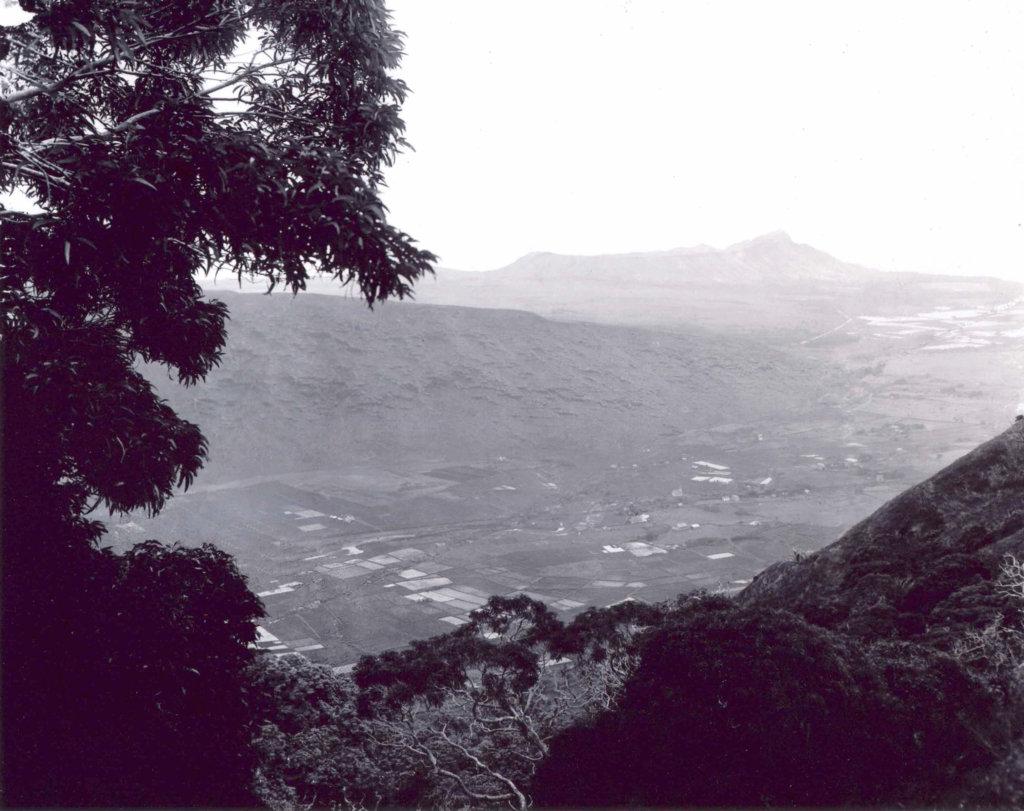Mānoa Valley

The primary residents of Mānoa Valley were maka‘āinana, the class of common people, distinct from the chiefly class of the aliʻi. The maka‘āinana made up the majority of the population and their primary activities were fishing and farming. In Mānoa, as in other ahupua‘a, extended families, ʻohana, lived together in homesteads called kauhale on their allotted ʻili. These families usually retained occupancy of their particular ʻili generation after generation. A kauhale typically consisted of a common house for sleeping, a men’s house, a women’s eating house, and a storehouse. According to Pukui and Handy in Native Planters, Hawaiians did not have “towns” or “villages” as social entities, but sometimes kauhale were found close together, perhaps because of a spring, the proximity of a ruling chief’s residence, or some other common point of mutual focus or benefit. While positions of authority in the chiefly class changed with each new ruling chief, stability prevailed among the maka‘āinana, and it was advantageous to the aliʻi to encourage and maintain the steady and diligent cultivation of the land. It should be emphasized, however, that the makaʻāinana were not bound in servitude to the aliʻi and were free to move elsewhere if they chose.